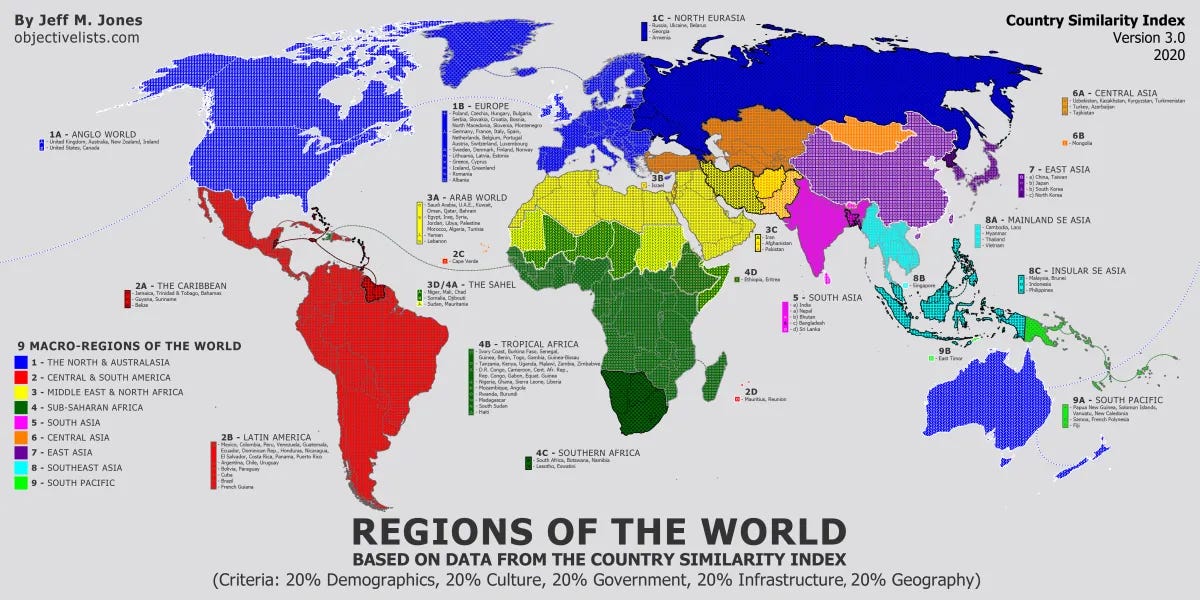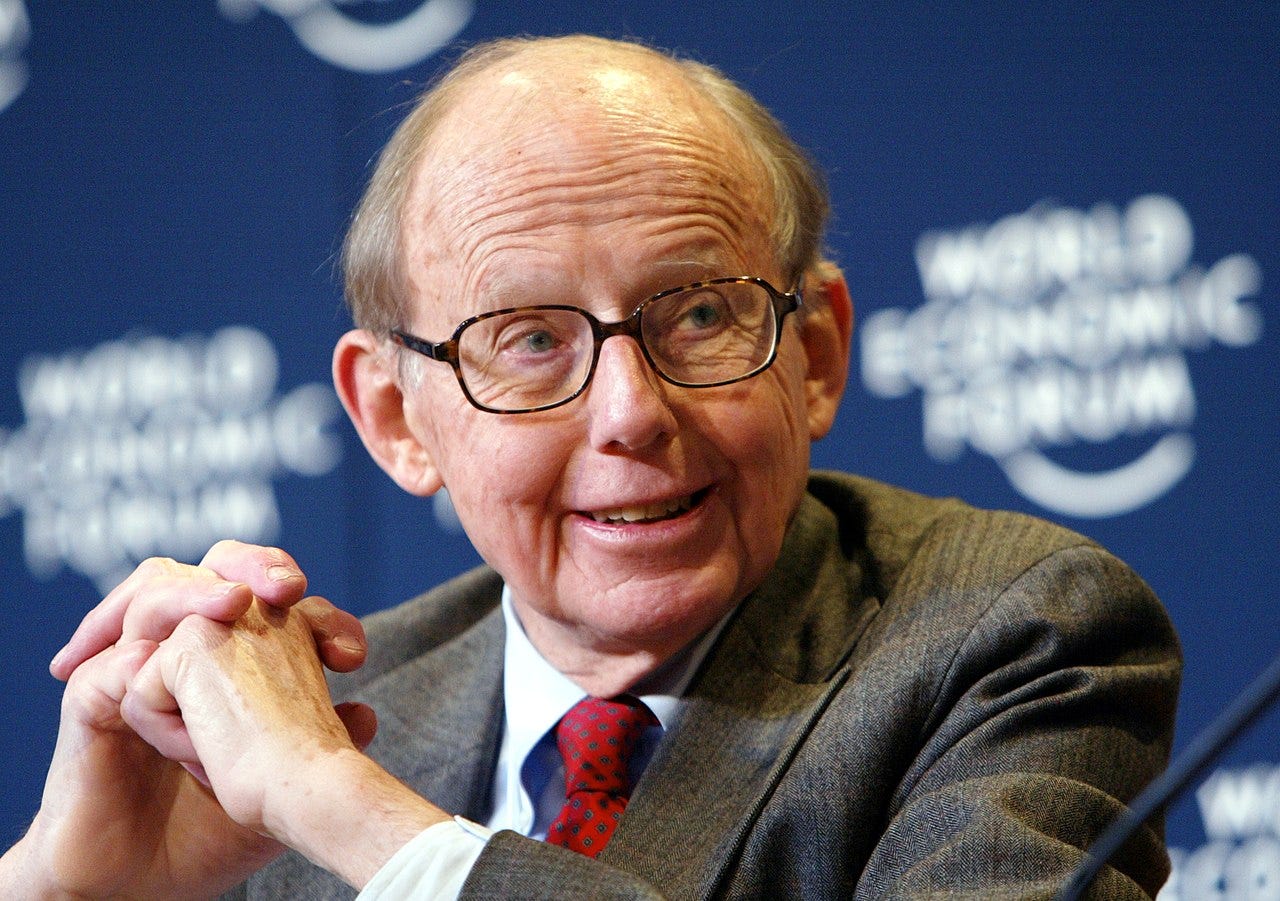Continuing the post from last week — if you haven´t checked it out, it may be interesting to do so.
Jaroslav Krejčí

Czech sociologist Jaroslav Krejčí was a follower of Toynbee though he made corrections to both Toynbee and Spengler, most notably questioning the absurd length of the former´s Syriac civilisation, which would thus cover the entire period since King David to the Abbasid Caliphate. Although he does not offer an exhaustive list of civilisations in his works, from the organisation of his books into chapters we can trace the following catalogue.
Samuel Phillips Huntington
American political scientist Samuel Huntington with his book Clash of Civilisations has enabled a comeback of the study of civilisations to social science discourse- His book allowed a more sober and realistic approach to the trajectory of the coming decades than the utopic euphoria of a post-historical society following the defeat of totalitarian Communism in Eastern Europe. He approaches the topic of civilisations as a political scientist from the perspective of today and its implications in the precise historical moment. As such, the Clash of Civilizations accomplished its mission and therefore a search and categorisations of civilisations during the course of the historical trajectory in its entirety surpasses the aim of that work, which however greatly increased popular interest in the study of civilisations among the broad public.
He acknowledges the following civilisations:
Sinic (Chinese)
Japonic1
Hindu
Islamic
Orthodox
Western
Latin American
(Sub-Saharan?)
(Buddhist?)
Lone countries - Ethiopia, Israel, Haiti, Anglophone Carribean.

A map of civilisations according to Huntington (source). He considers Turkey to be a cleft country, deciding whether to be a Western or an Islamic country.
Jeff Jones
Similar to Samuel Huntington, Jeff Jones on his Objective Lists2 through the so-called Country Similarity Index attempted a categorisation of the various countries of the contemporary world. Using objective criteria, taking into account the demographic structure, culture, politics, infrastructure and geography. The result is the division of the world into 9 macroregions and 27 subregions. This approach is limited by the fact the analysis is considered at the level of individual countries. As a result, specific regions with their own distinct geographic cultural and historical characterstics, which are not independent in the early 21st century, such as Tibet or Chechnya are beyond the scope of consideration of this type of classification. Nevertheless, this is a valuable endeavour to attempt a categorisation of countries into regions by objective criteria.

Perhaps a cartographic representation would be nice, so here it is:

So that´s it for today! This isn´t the end yet. We´re going to cover a few more thinkers next week.
Technically, Japan could be considered to be a lone country, according to Huntington´s methodology, since it is the only country of its own civilisation, thus putting it on par with Ethiopia and Israel. The reason could be Japan´s deep history, but the same argument could be made for Ethiopia and Jewish history as well.





